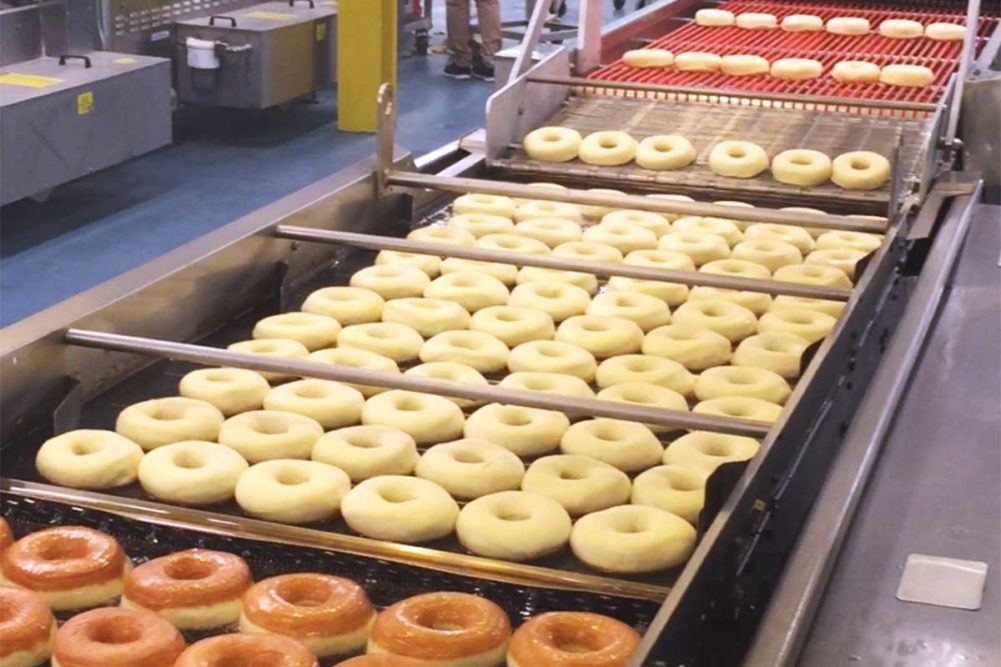With greater use of automation and computerized monitoring in commercial food processing, operators can readily determine oil quality in real time.
“When free fatty acids (FFA) and total polar compounds (TPC) reach a level that impacts oil and product quality, a viable option is to treat the oil with an adsorbent that reduces both FFAs and TPCs,” explained Doug Kozenski, prepared food applications, Heat and Control.
Dan Luna, processing solution specialist, TNA North America, said the company uses software to develop laminar flow oil circulation systems that run fryers with minimal moisture variations in the final product. This process lowers the overall frying time and enables smaller fryers to reduce oil turnover time for better oil quality.
He added that the software is also used to design heat exchangers to ensure the frying oil is heated evenly to ameliorate the risk of hot spots that could lead to oil degradation.
Snack producers should look beyond the fryer to prevent foreign substances, such as fruit or flour, from contaminating the oil.
“It is also very important to prevent contaminates from entering the fryer in the first place, so production methods that reduce this to a minimum must be used,” said Patricia Kennedy, president and chief executive officer, WP Bakery Group USA. “This is now achieved through vacuuming systems or methods of production that require very little flour.”
Alan Craker, international sales manager for Belshaw Adamatic Bakery Group, pointed out that flourless proofing systems keep donut flour out of the fryer to avoid shortening the life span of the oil.
Another issue? Snacks that use coatings or easily crumble tend to create more fines than uncoated or smooth products.
“The number of fines generated is a key factor in shortening the shelf life of frying oil, which is why effective filtration is so important,” said Don Giles, snack applications, Heat and Control. “Also, products that absorb lower oil volumes create reduced oil turnover rates, which can strain the system because the fryer is not replenished with new oil as often.”
Equipment design can also extend the shelf life of oil in some cases. For instance, continuous fryers often use a closed hood with a steam slot alongside the kettle.
“For such setups, it’s important to ensure the openings at the infeed and outfeed of the fryer are adjustable while also being as small as possible to minimize contaminants entering the fryer, and thus maximize oil life,” Mr. Luna said.
He suggested using fryers that have stack connections with built-in flaps to control drafts and minimize the amount of steam that escapes from the fryer.
“The flaps should be accurately controlled, as opening them too far may cause air to enter the system, leading to oil oxidation,” Mr. Luna said. “Oil storage tanks should also be kept at a moderate temperature using an oil cooler or a nitrogen blanket. This lowers the temperature of the oil coming from the fryer prior to storage, further avoiding oxidation.”
He also recommended good sanitation procedures to maintain oil quality, including regular, caustic boil-outs to clean deep fryers and eliminate unwanted water after the sanitation cycle that could contaminate the system.
This article is an excerpt from the August 2022 issue of Baking & Snack. To read the entire feature on Frying, click here.




